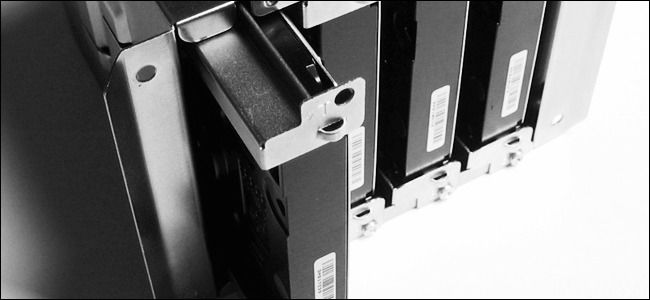Hi,
do the storage experts here have any recommendation if a harddrive should be operated horizontally or vertically mounted?
If I have a look at the Supermicro chassis, they offer drive bays in both setups, but is there any advantage/disadvantage of the orientations?
I could think about that with vertically mounted drives, the air cannot get stuck below a drive (because warm air goes upwards). But on the other side I have the personal gut feeling that spinning platters should be mounted horizontally (so the platters "see" the earth's 1G all the time at all positions of the platters). Also some people mention that the cooling could be better for horizontally mounted drives.
Do you have any experience if the lifetime of the drives decreases in one of the orientations?
Furthermore, is it nowadays possible without any problems to change the orientation in the middle of the lifetime?
I have seen that Supermicro offers tower chassis which can also be mounted as 4U in a rack, which would change the drive orientation from horizontally to vertically.
I appreciate every piece of your experience.
Thanks in advance,
Thomas
do the storage experts here have any recommendation if a harddrive should be operated horizontally or vertically mounted?
If I have a look at the Supermicro chassis, they offer drive bays in both setups, but is there any advantage/disadvantage of the orientations?
I could think about that with vertically mounted drives, the air cannot get stuck below a drive (because warm air goes upwards). But on the other side I have the personal gut feeling that spinning platters should be mounted horizontally (so the platters "see" the earth's 1G all the time at all positions of the platters). Also some people mention that the cooling could be better for horizontally mounted drives.
Do you have any experience if the lifetime of the drives decreases in one of the orientations?
Furthermore, is it nowadays possible without any problems to change the orientation in the middle of the lifetime?
I have seen that Supermicro offers tower chassis which can also be mounted as 4U in a rack, which would change the drive orientation from horizontally to vertically.
I appreciate every piece of your experience.
Thanks in advance,
Thomas

